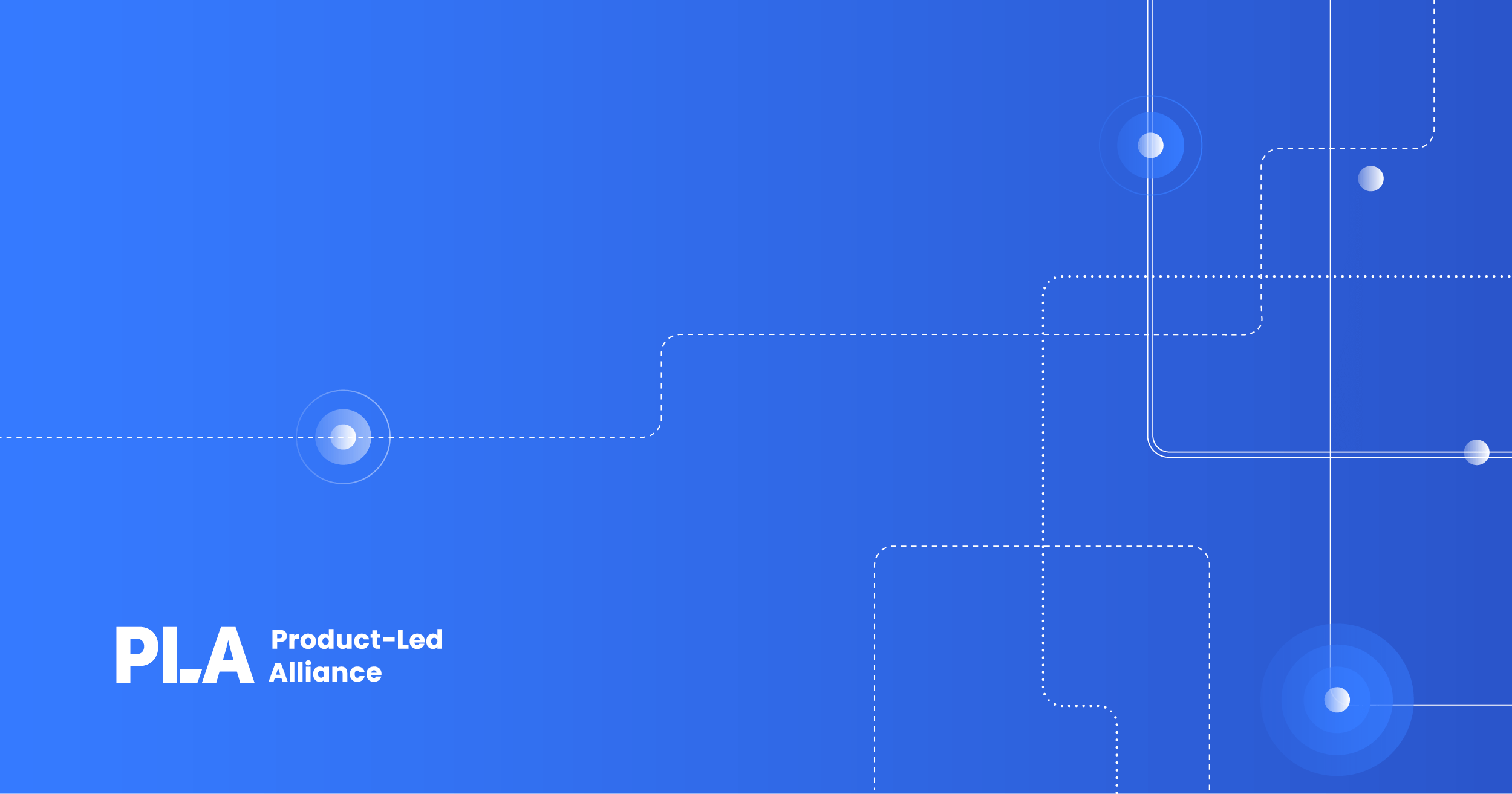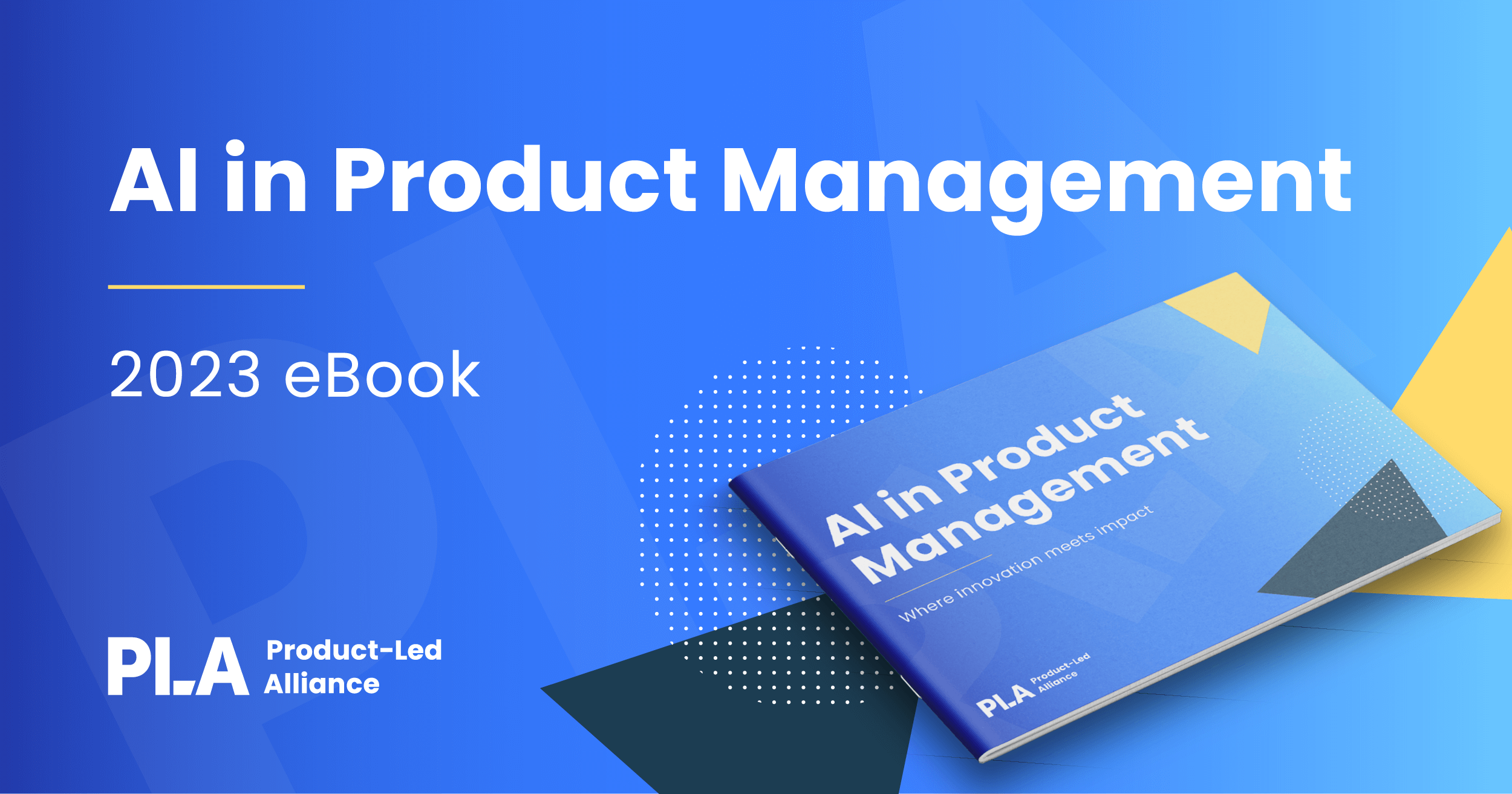I’m writing this article in response to “The New New Moats” by Jerry Chen. In that article, Jerry points out that “The new moats are the old moats” and that “AI doesn’t change how startups market, sell, or partner."
AI reminds us that despite the technology underpinning each generation of technology, the fundamentals of business building remain the same. Companies that are able to build Systems of Intelligence (SoI) will still need to master go-to-market. They’ll have to perfect not just product-market-fit, but product-go-to-market fit.”
I completely agree with the thought process that the fundamentals remain the same. But, it made me think that the type of data we provide plays a crucial role in improving the Systems of Intelligence that powers the experience of the customers.
In today’s tech landscape, every company is striving towards a System of Intelligence, which takes the data you get from your customers across your systems to figure out some meaningful insights for your customers. This will help you act on the right things for your customers, improve their retention rate, reduce churn, and eventually keep them and your stakeholders happy.
But it's not enough to build a sustainable business for decades. A business with 50 to 99 employees uses an average of 24 SaaS applications. Similarly, an average smartphone owner uses 10 apps per day and 30 apps each month. If a company wants to provide a holistic experience to its customers, it needs to rely on data from external companies as well.
Now, combining your current System of Intelligence, with the data gathered by integrating with partner products used by the customer, you have a formidable barrier that can't be broken easily by your competitors.
You can now predict every possible insight that can improve your customers' lives. When implemented well, this combination of SoI powered with additional data from Integrations can create a deep moat, protecting your company from any competitive edge.
What are Systems of Intelligence?
A System of Intelligence is an overarching framework that combines data from various sources with machine learning, analytics, and other intelligent algorithms. It can interpret, predict, and even make decisions based on this information.
The goal is to provide actionable insights that allow organizations to respond more effectively to challenges and opportunities. A System of Intelligence can encompass anything from customer relationship management to predictive maintenance in manufacturing.
What are Partner Integrations?
In the context of technology and business, integrations refer to the process of connecting different computing systems and software applications physically or functionally.
This allows them to work together within a cohesive system, enabling information to be shared seamlessly. Integrations can help break down data silos within an organization, allowing for more efficient communication and collaboration.

The importance of Partner Integrations
Partner Integrations play a crucial role in modern technology, allowing different computing systems and software to work in harmony within a cohesive system.
These connections, especially between businesses and their partners, break down data silos and foster seamless communication and collaboration. The significance of Partner Integrations can be better understood through specific examples:
1. Zapier: Zapier is a well-known tool that facilitates Partner Integrations by connecting over 3,000 apps, allowing them to work together. Businesses can create automated workflows that connect their favorite apps and services, even if they don't have native integration.
For example, a company might use Zapier to automatically send new leads from Facebook Ads to their Salesforce CRM. This automation simplifies the workflow and ensures that all teams have access to the same information in real time, thereby enhancing efficiency.
2. Plaid: Plaid, a financial technology company, provides APIs to facilitate Partner Integrations with banks and other financial institutions. By integrating with Plaid, fintech apps like Venmo or Robinhood can quickly and securely access users' bank account information, providing a more seamless user experience. These connections enable a new wave of financial services that rely on instant, reliable information exchange.
3. E-commerce integrations: Many e-commerce platforms benefit from Partner Integrations with payment gateways, shipping services, and inventory management systems. By connecting these various components, retailers can offer a unified shopping experience.
For instance, integrating with payment processors like PayPal or Stripe allows for smoother transactions, while connecting with FedEx or UPS enables accurate, real-time shipping tracking.
4. Supply chain management: Integration between suppliers, manufacturers, and distributors in a supply chain ensures that all partners have access to real-time information, enabling better coordination and efficiency.
For example, if a manufacturer integrates their system with suppliers, they can automatically notify them about the need for more raw materials, reducing lead times and potential production delays.
These examples illustrate the broad applicability and profound impact of Partner Integrations across various industries and use cases. Whether automating simple tasks through Zapier, enabling innovative financial services through Plaid, or fostering collaboration across complex supply chains, Partner Integrations are at the core of a responsive, agile, and cohesive business ecosystem.
They allow information to flow freely, connecting disparate systems, and aligning them with ever-changing business needs. The power of Partner Integrations lies in their ability to create a seamless operational framework that enhances responsiveness, efficiency, and ultimately, competitiveness.
The role of a System of Intelligence
A System of Intelligence represents a new frontier in information management and decision-making. Going beyond mere data collection, it's an intelligent framework that leverages analytics, machine learning, and artificial intelligence (AI) to interpret and predict based on data]. Here's how AI is revolutionizing the System of Intelligence:
1. Actionable insights: Through AI algorithms, a System of Intelligence doesn't just provide information; it interprets data in a way that leads to actionable insights. By recognizing patterns and analyzing trends, it can guide decision-making in ways that humans alone cannot.
2. Predictive analysis: AI enables a System of Intelligence to foresee future events or trends, allowing businesses to proactively respond. For example, in retail, it can predict customer purchasing behavior, enabling timely marketing strategies or inventory adjustments.
3. Automation and efficiency: The integration of AI within a System of Intelligence leads to automation of repetitive tasks, significantly improving efficiency. It enables organizations to focus on more complex issues by taking care of routine data analysis and reporting.
4. Personalization: AI-driven systems can provide personalized recommendations or services based on individual preferences and behavior, enhancing customer experience.
5. Real-time responsiveness: Through continuous learning and adaptation, AI ensures that a System of Intelligence can respond to real-time changes in the environment, making it highly dynamic and adaptive.
Examples:
1. Netflix's recommendation system: Netflix employs a sophisticated AI-driven System of Intelligence to provide personalized content recommendations. By analyzing user behavior, preferences, and viewing history, it offers suggestions that are tailored to each individual's taste. This personalization drives engagement and keeps users coming back.
2. Financial risk management: Financial institutions use AI-based Systems of Intelligence to assess and manage risk. By analyzing market trends, economic indicators, and individual financial behaviors, these systems can predict potential default risks or investment opportunities, assisting in decision-making.
3. Smart cities: AI-driven Systems of Intelligence are employed in the development of smart cities, where traffic management, waste disposal, energy usage, and other urban functions are optimized through real-time data analysis. For example, the city of Barcelona has implemented an intelligent irrigation system that uses weather forecasts and soil moisture data to conserve water.
These examples highlight how AI is not only an integral part of a modern System of Intelligence but a revolutionary force that shapes how organizations interpret and act upon information.
From personalized content delivery to life-saving medical insights, predictive financial risk management, and sustainable urban planning, the combination of AI with a System of Intelligence is defining a new paradigm in information-driven decision-making.
The power of this approach lies in its ability to provide insights that are timely, relevant, personalized, and actionable, allowing organizations to navigate an increasingly complex and dynamic world with precision and agility.
The synergy between Partner Integrations and System of Intelligence
The combination of Partner Integrations and a System of Intelligence creates a comprehensive, highly adaptive tool that is redefining modern business landscapes. Particularly in FinTech, this synergy has given rise to a new era of innovation, efficiency, and customer experience. Here's how:
1. Seamless data flow: Partner Integrations allow various platforms, tools, and services to communicate, enabling a seamless flow of information across disparate systems. In FinTech, this means that banking, investment, and insurance services can be interconnected.
2. Intelligent analysis: A System of Intelligence takes this integrated data and applies AI and machine learning to derive insights, make predictions, and guide decision-making. It can tailor financial products to individual needs, detect fraudulent activity, and optimize investment strategies.
3. Enhanced agility: The synergy of Partner Integrations and System of Intelligence provides the ability to respond rapidly to changing market conditions, regulatory requirements, or customer demands. The system is continually learning and adapting, ensuring that the financial services are always aligned with current needs.
4. Customized solutions: Combining integrated data with intelligent analysis allows for the creation of highly personalized financial solutions. Whether it's a personalized investment portfolio or individualized loan terms, this synergy empowers FinTech companies to meet specific customer needs.
Examples in FinTech:
1. Square: Payment processing giant Square has leveraged the synergy of Partner Integrations and Systems of Intelligence to expand its offerings. By integrating with various financial institutions and utilizing AI-driven analytics, Square provides personalized payment solutions, fraud detection, and small business lending services.
2. Adyen: Adyen, a global payment company, has utilized this synergy to create a unified commerce platform that allows businesses to accept payments across multiple channels. Through integration with various payment methods and AI-driven fraud prevention, Adyen offers a seamless and secure payment experience.
3. Robinhood: Investment platform Robinhood has combined Partner Integrations with various market data sources and an intelligent system to offer a simplified, personalized investing experience. Users receive tailored investment recommendations and real-time market insights.
4. Affirm: Affirm provides point-of-sale financing by integrating with merchants and using a sophisticated System of Intelligence to offer real-time credit decisions. This synergy allows for a streamlined, transparent, and personalized financing process.
These examples in the FinTech sector illustrate how the combination of Partner Integrations and a System of Intelligence has led to the creation of more responsive, tailored, and innovative financial services. From simplifying payments to offering personalized investment opportunities and enhancing fraud prevention, this synergy is at the core of the modern FinTech revolution.
It's not just about connecting systems or analyzing data; it's about leveraging these capabilities to create a financial ecosystem that's more intelligent, adaptive, and customer-centric. The integration and intelligent analysis act as complementary forces, enabling FinTech companies to navigate the complexities of modern finance while providing services that are both cutting-edge and deeply attuned to individual needs.
Challenges and considerations
While the synergy between Partner Integrations and Systems of Intelligence offers groundbreaking advantages, it's not without its challenges and considerations. These complexities must be thoroughly addressed to realize the full potential of this innovative approach.
- Integration complexity: Merging different systems can be a complex task that requires significant investment in time and resources. Aligning various data formats, protocols, and workflows necessitates careful planning and often custom development.
- Data privacy concerns: One of the most pressing concerns is data privacy. With the free flow of information across integrated systems, there's an increased risk of exposing sensitive personal or business information. Compliance with regulations such as GDPR or HIPAA must be meticulously managed, and stringent data protection measures must be implemented.
- Potential misuse of data: The chance of data misuse is another significant challenge. Whether through unauthorized access, malicious intent, or simply inadvertent mishandling, data within an interconnected and intelligent systems can be exploited. This could lead to fraudulent activities or the exploitation of personal information for unauthorized purposes.
- Ethical considerations in AI: The use of AI within a System of Intelligence raises ethical considerations around transparency, bias, and autonomy. Decisions made by AI must be explainable and free from discriminatory bias, and human oversight is often needed to ensure that ethical standards are met.
- Security vulnerabilities: The integration of multiple systems inherently creates more points of potential vulnerability. Cybersecurity measures must be robust and continually updated to guard against evolving threats.
The combination of Partner Integrations and a System of Intelligence, while powerful, introduces a complex web of considerations that must be skillfully navigated.
The concerns around data privacy and potential misuse of data are particularly acute, reflecting broader societal apprehensions about the digital age. Whether it's ensuring robust data protection, ethical AI usage, or transparent governance, these challenges demand a thoughtful, well-structured approach.
Conclusion
Partner Integrations and Systems of Intelligence are more than buzzwords; they represent a cutting-edge approach to the business strategy that offers a genuine competitive advantage. The seamless connection of systems with business partners, paired with intelligent data interpretation, makes this approach today's deepest moat. By understanding and harnessing these tools, organizations can position themselves for success in an increasingly complex and dynamic business environment.
Hungry for more AI content?
Download our AI eBook with everything you need to know about how technology is changing the product game and how you can benefit from it! 🤖




 Follow us on LinkedIn
Follow us on LinkedIn




